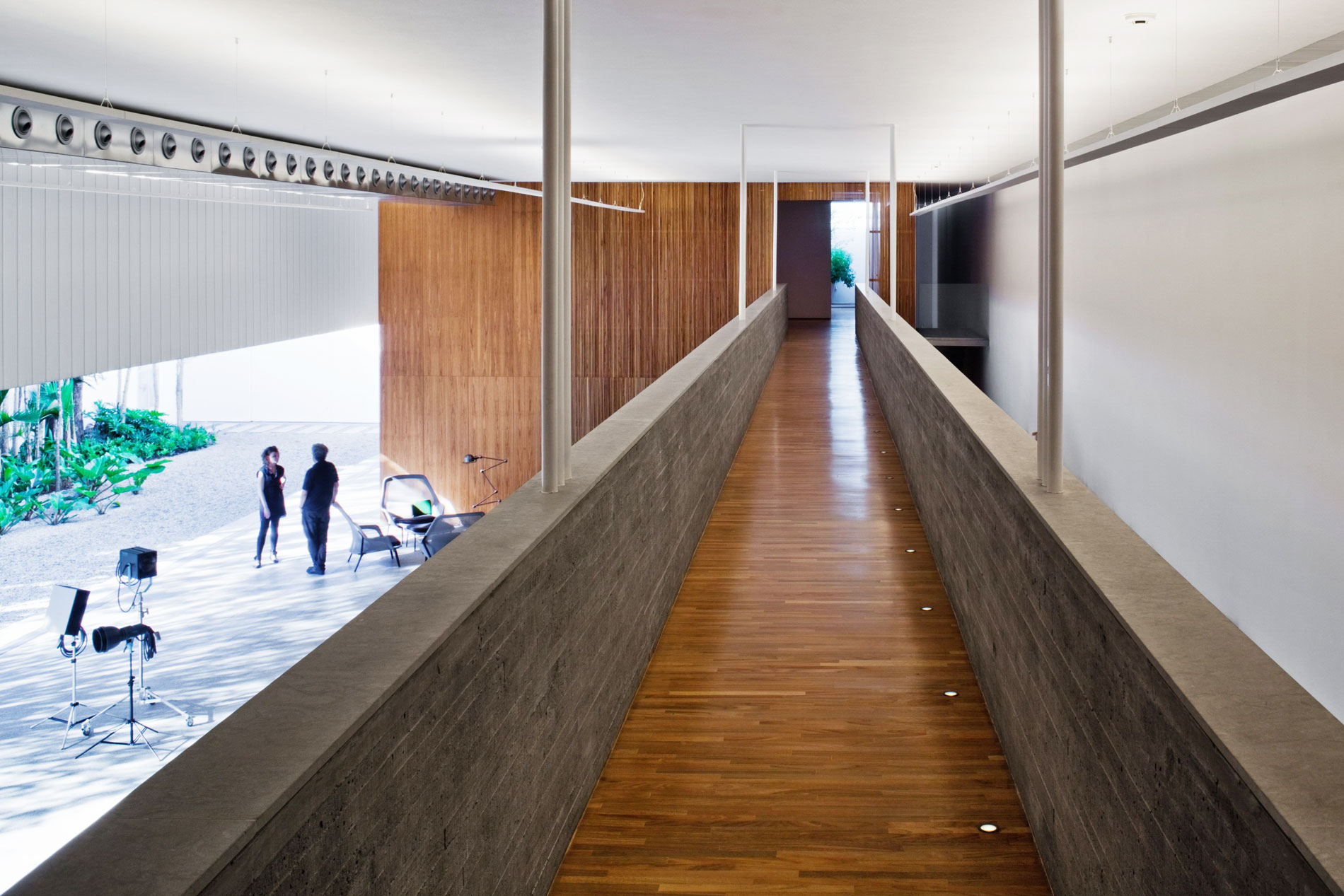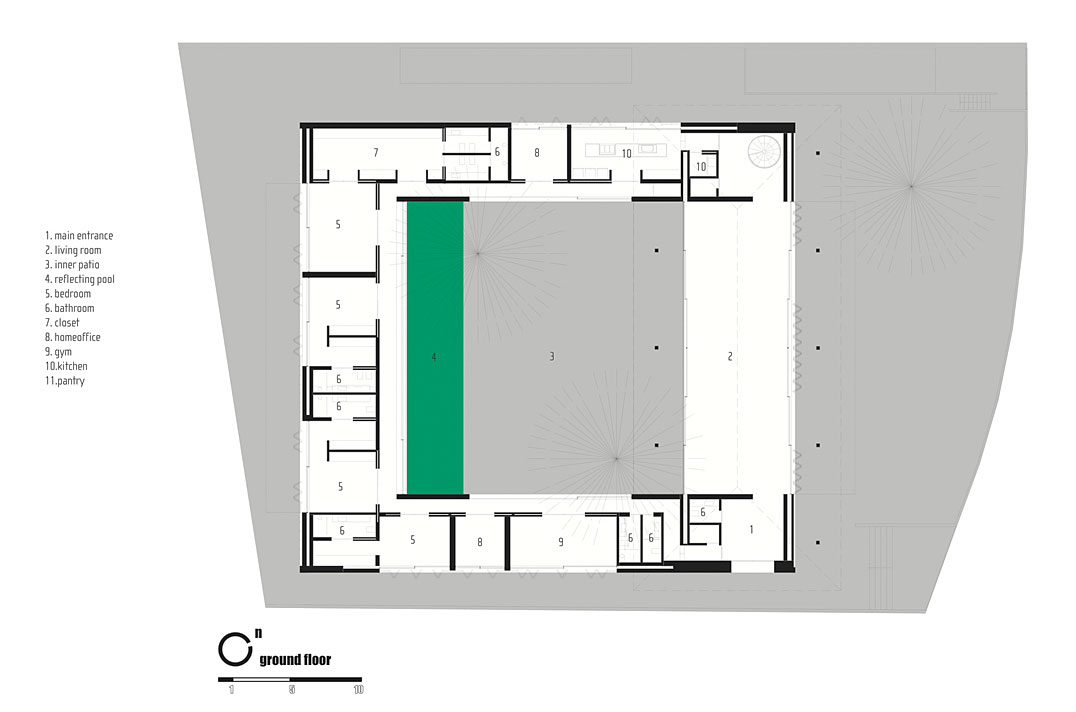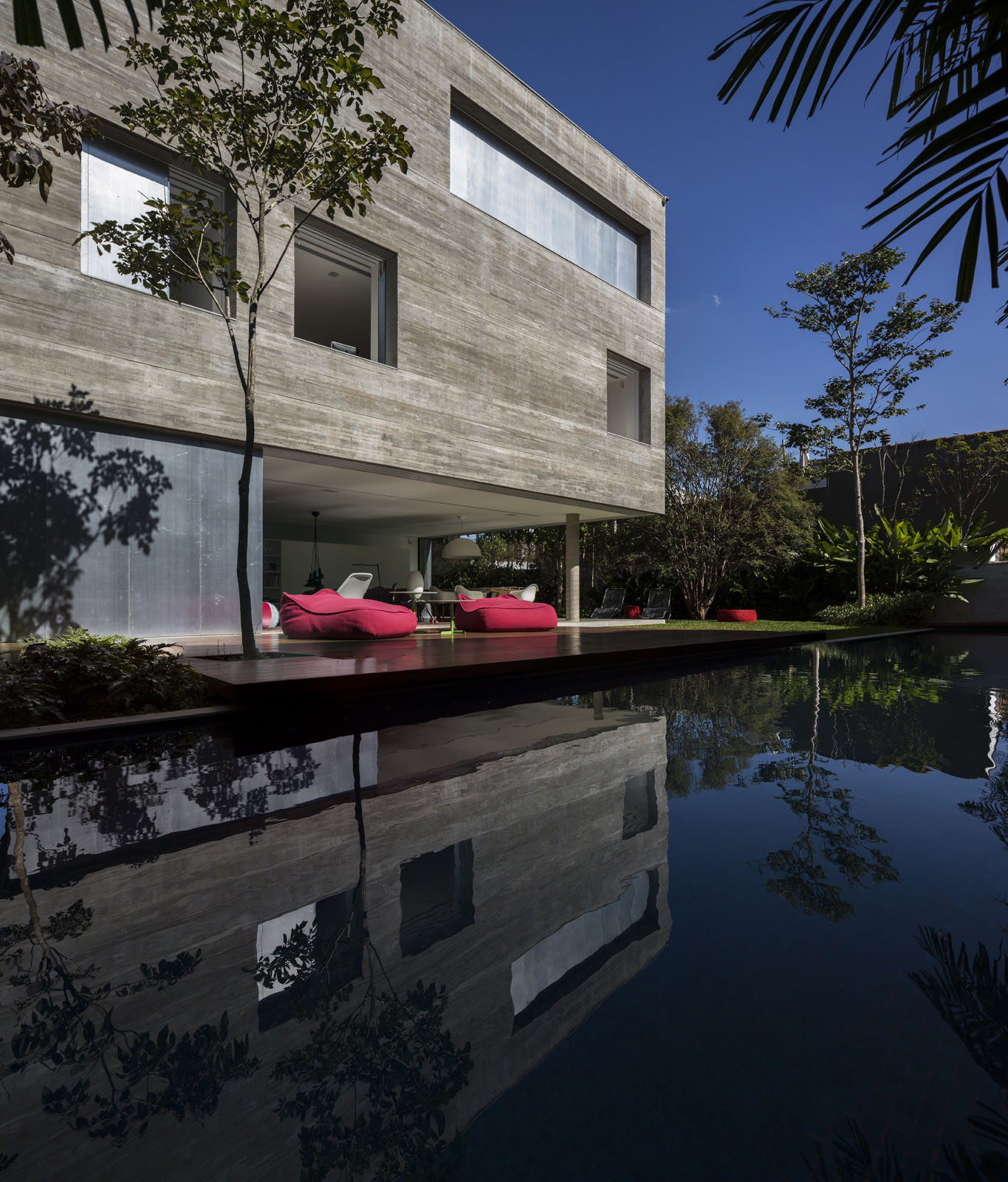Edited by: Enrico Mancini
Where: Sao Paulo, Brazil
Architect: Marcio Kogan
Proofreading: Bianca Baroni
The studio mk27 was funded in the early ’80 by Marcio Kogan and now is composed of more than fourteen partners from different countries all over the world. Recently the firm won several international and national awards.
Marcio Kogan and his team, big admirers of Brazil’s modernist tradition, are trying to carry on the difficult line of this production.
E.M. What is the role played by the figure of architect in the construction of the new Brazil?
Is he pushed by the building speculation or did he manages to leads the project by himself?
M.K. Contrary to what was expected from an architect during the sixties, in Brazil as in the world, that an architect could, thanks to planning (plans, sections and so on), change the course of the Nation’s development, today we think that his role is intimately related to the politic gearwheel.
But the architect is kept away from political responsibilities that are critical for the country progression, and that is clearly perceived by the lack of urban planning.
With better opportunities of collaboration with the administration, he may be able to examine and respond to complex variables that influences the city’s growth.
Architects are able to warrant the people’s access to all the city’s services, richness and goods: dwellings, education, transports and recreation.
Sadly there are no opportunities like these right now, precisely because the interests of real estate speculators determine the city’s development.
E.M. From the architectural and social point of view what are, in your opinion, the dangerous points for a reality that has developed that fast?
M.K. The huge problems right now are the city’s fast growth and unplanned expansion. Suburbs are expanding occupying protected environmental areas, creating risks for the population itself, like flooding and landslips. Moreover it is becoming more and more difficult to build infrastructures (sewer systems, waterworks, public transports, etc.) in these places, since distances are broader.
Simultaneously real estate speculation keeps the density of the central city areas low, where, on the contrary, infrastructures are already built and working.
E.M. Is the idea of sustainability, in the widest meaning, present in the latest Brasilian architectures?
M.K. The question is if the idea of sustainability is present in the latest Brazilian politics. Mainly good architects devote themselves to private commissions, where sustainability is also a commercial aspect, and yes, it is present. Meanwhile, the public initiatives are contaminated by corruption and lack of opportunities for architects to do a good job.
E.M. Is this idea present in your works? Where we can it be found?
M.K. Our commissions are mainly residential and private developments. Within our aim in the work, we strive to apply sustainable principles as much as possible, however, it is mainly applicable within lots, we try to optimize natural light and ventilation, diminish the need for air-conditioning, preserve the permeability percentage of each plot above the minimum required by law, obey building codes, hire legal work and, above it all, help to qualify and develop technology for our custom made solutions and therefore allow our local suppliers to compete with imported construction systems such as aluminium and wood work.
E.M. What project do you think could be more rapresentative for your work?
M.K. All of them could fully represent our work. But in terms of sustainability, I’d say Bahia house developed our understanding and our researches in many ways.
E.M. After 60 years, what do you think about Brasilia? Was it a winning or losing bet?
M.K. We love Brasilia and it was definitely a winning bet in terms of building our country’s symbolic imagination, a sense of identity and pride. Nevertheless, it’s a city that could not change our social reality by itself.
E.M. What is the relation between the verticalization of the city, like Sao Paulo, and life in the open and public spaces?
M.K. Verticalization is a key issue to allow our city to be denser, to allow our politics to take infra-structure democratically.
E.M. World cup and Olympics, are you ready?
M.K. No. But it will be fun.
E.M. What do you think will be an image of Rio, the business card of your country, in the 2020?
M.K. Rio is irresistibly beautiful, sexy and fun. But it will never be our business card. That is São Paulo.
enrico.mancini@positive-magazine.com











